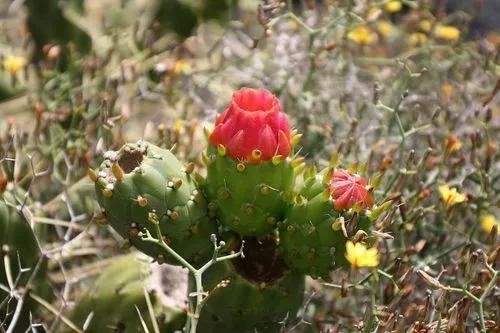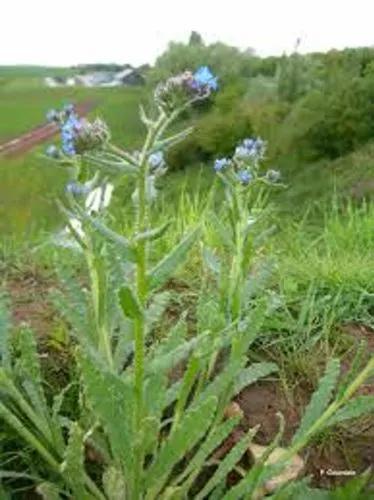It is an annual plant growing to 20–75 cm tall, with a thick, but soft stem. The leaves are spirally-arranged, 2.5–9 cm long and 1–2.5 cm broad, with a deeply toothed margin. The flowers are pink, red, mauve, lilac, or white, and 2.5–5 cm diameter; they are pollinated by bees and other insects, and also by nectar-feeding birds. The ripe seed capsules undergo explosive dehiscence.
Touch-me-not Care
Impatiens Balsamina



How to Care for the Plant

Water

Keep the soil of balsam plants consistently moist throughout the growing season. They can continue to bloom even during heat waves but only if they have enough to drink. Conversely, they don't tolerate drought well and will usually stop flowering if they don't get enough water. Water whenever the top inch or two of soil feels dry to the touch, but avoid overwatering and causing your plants to become waterlogged.

Fertilizer

Fertilize with a balanced, slow-release flower fertilizer during the growing season, following label instructions. It also can be beneficial for healthy growth and flowering to mix some compost into the soil at the time of planting.

Sunlight

These flowers grow well in both full sun and partial shade. The best growing site offers some protection from strong afternoon sun, which can cause browning of the foliage. Balsam flowers can survive in full shade, though their blooms will likely be sparse in those conditions.

Soil

Organically rich, well-draining soil is best for balsam flowers. A loamy soil is recommended, though they also can grow in sandy and clay soils. A slightly acidic to neutral soil pH is ideal, but they can handle slightly alkaline soil too.

Temperature

Balsam flowers do not tolerate cold temperatures (32 degrees Fahrenheit or below) well, and they are susceptible to frost. They thrive in warm temperatures, though they can wilt in summer heat waves. Moreover, due to balsam's water requirements, the plants also like some humidity. But they can tolerate drier air if their soil moisture needs are being met.

Container

Balsam flowers can grow well in containers on balconies and terraces. Just make sure to use a large pot with ample drainage holes. The plants need at least a foot of space between one another. If you start out with a large enough container, repotting won't be necessary for these annuals.

Popularity

1,647 people already have this plant 288 people have added this plant to their wishlists
Discover more plants with the list below
Popular articles






